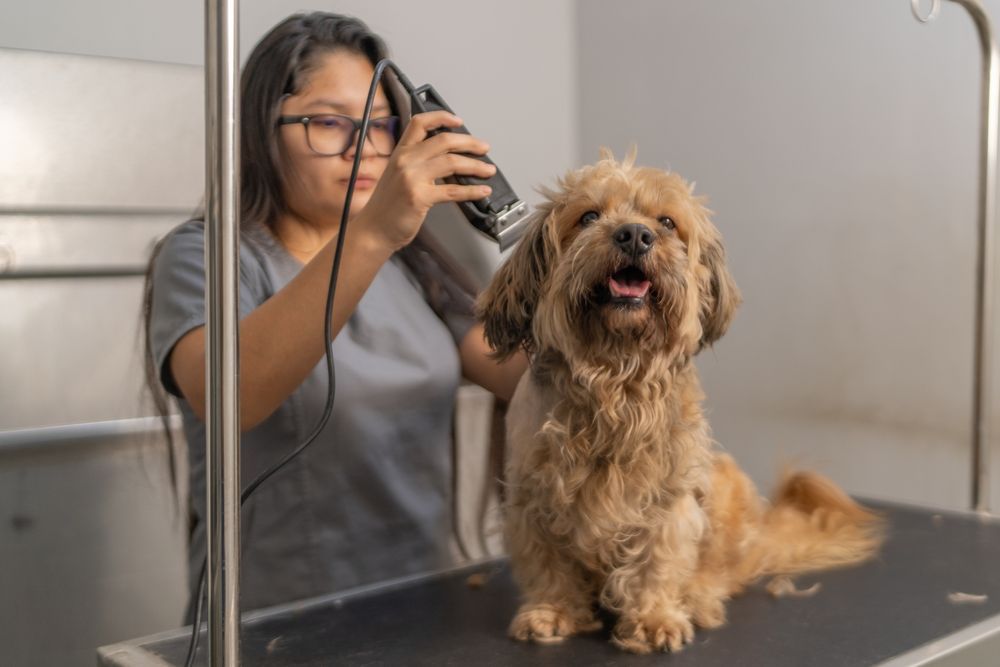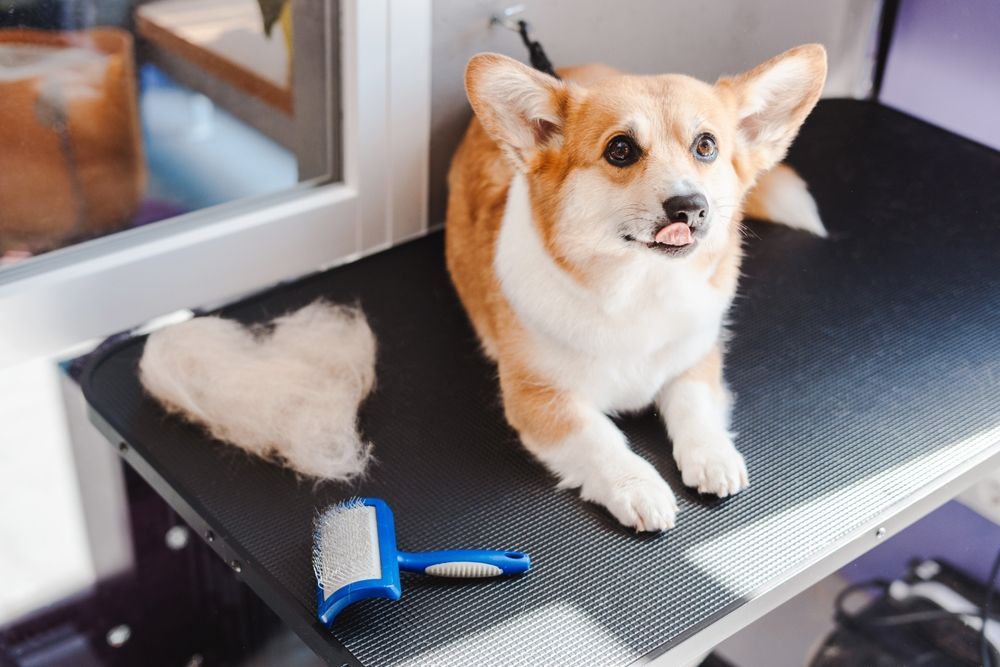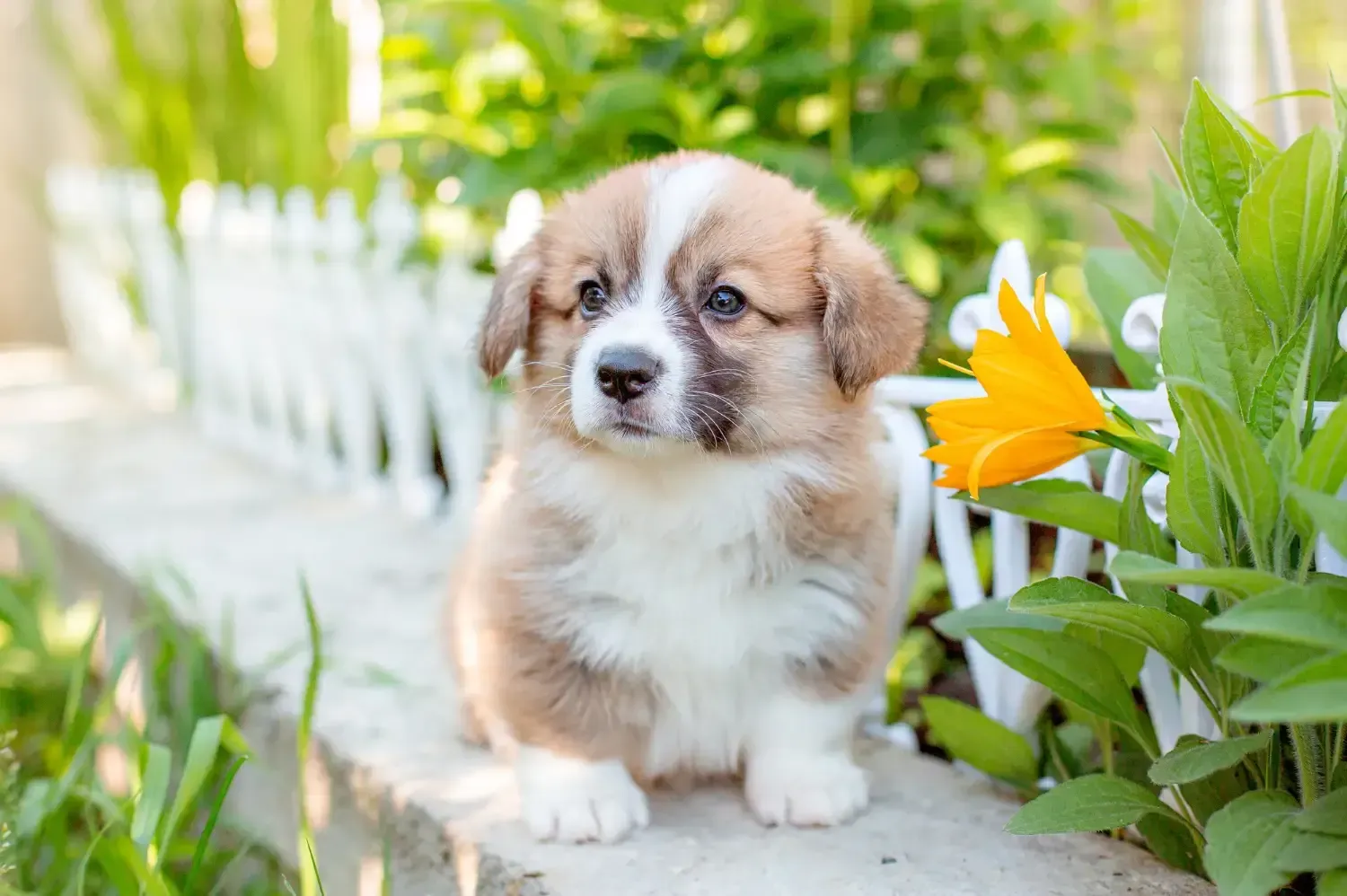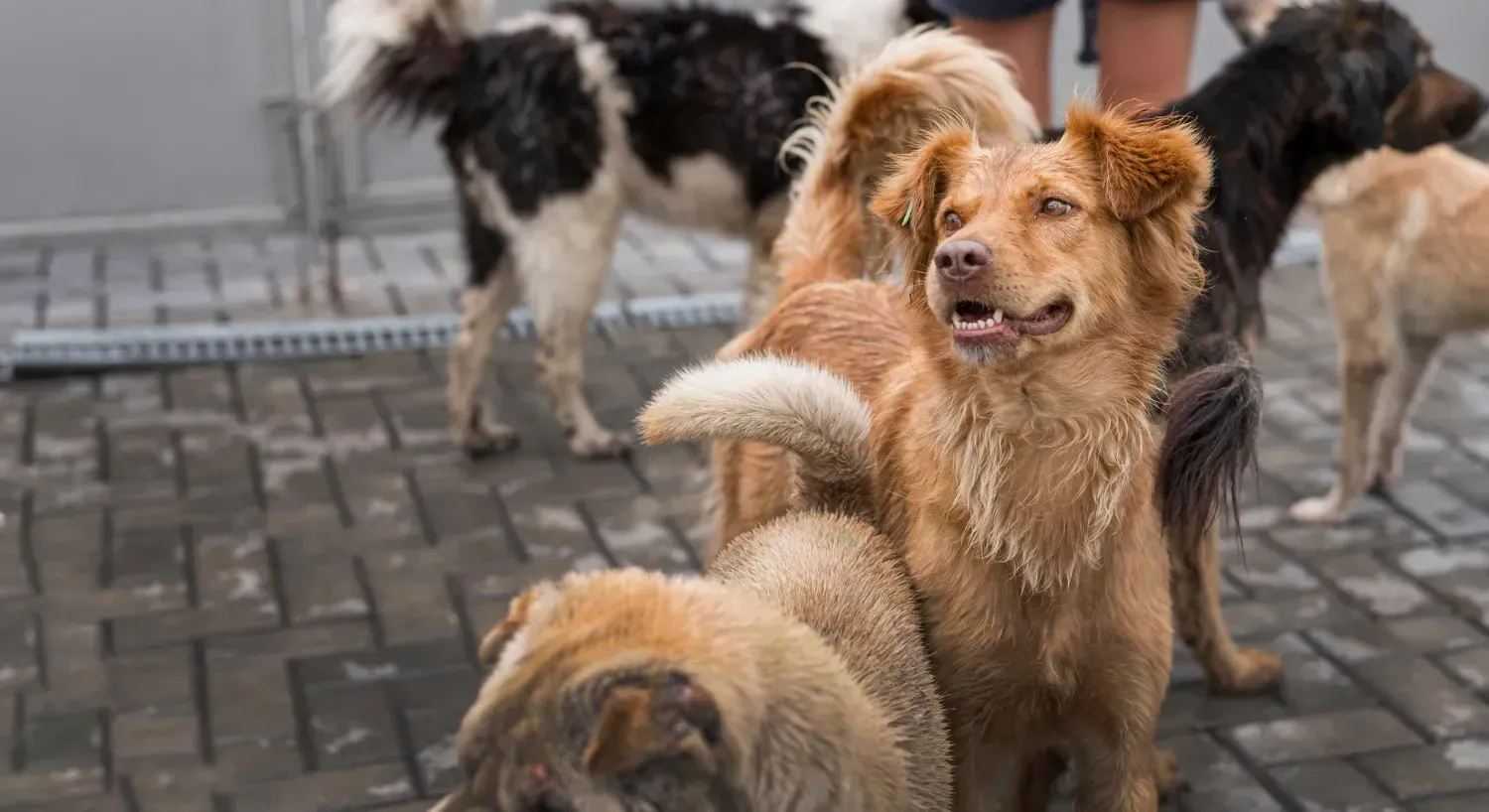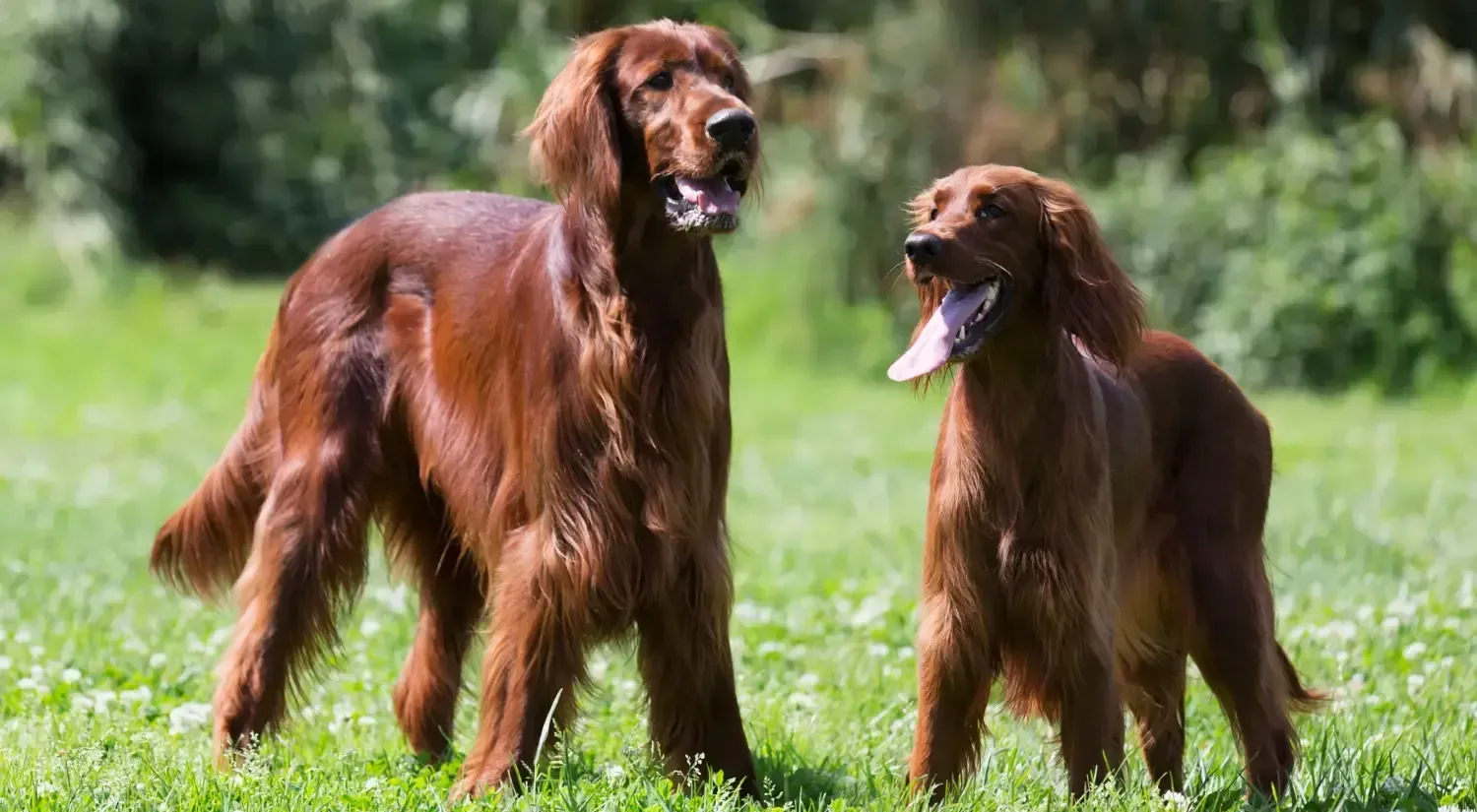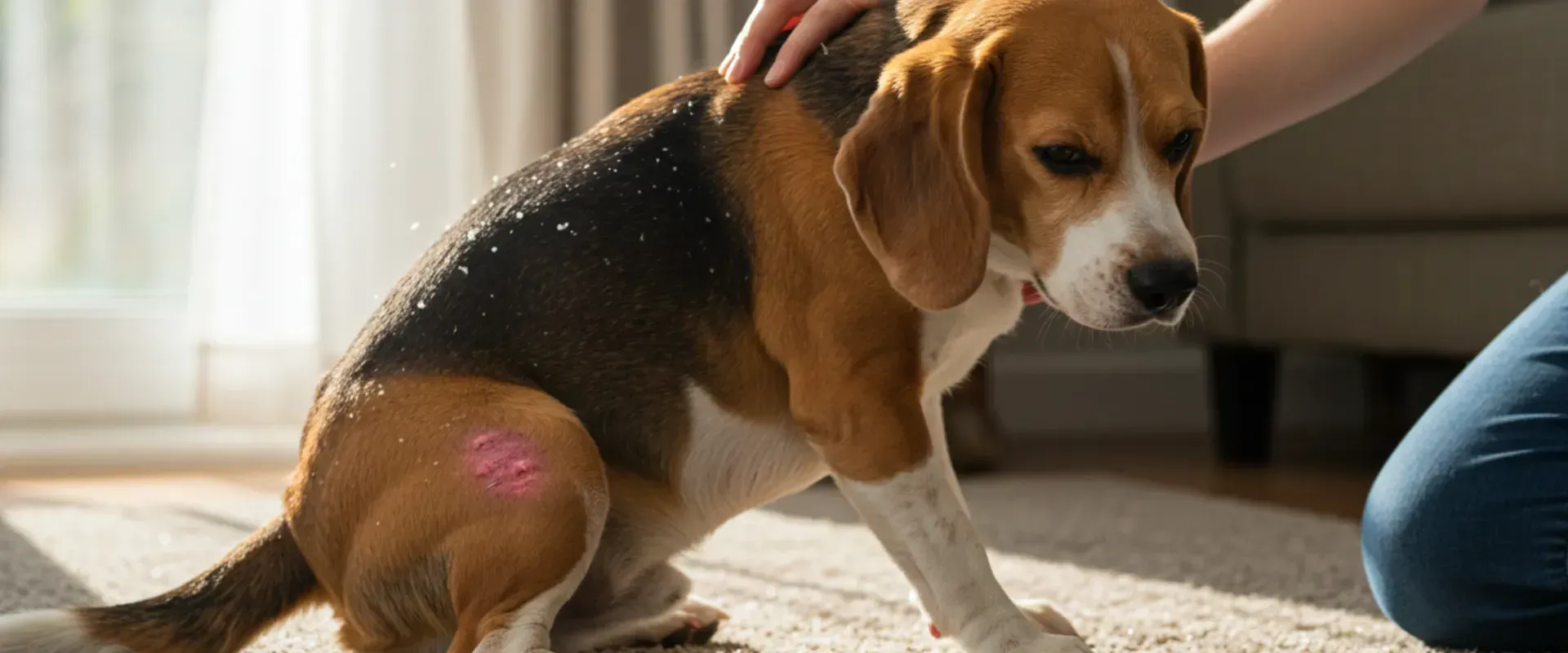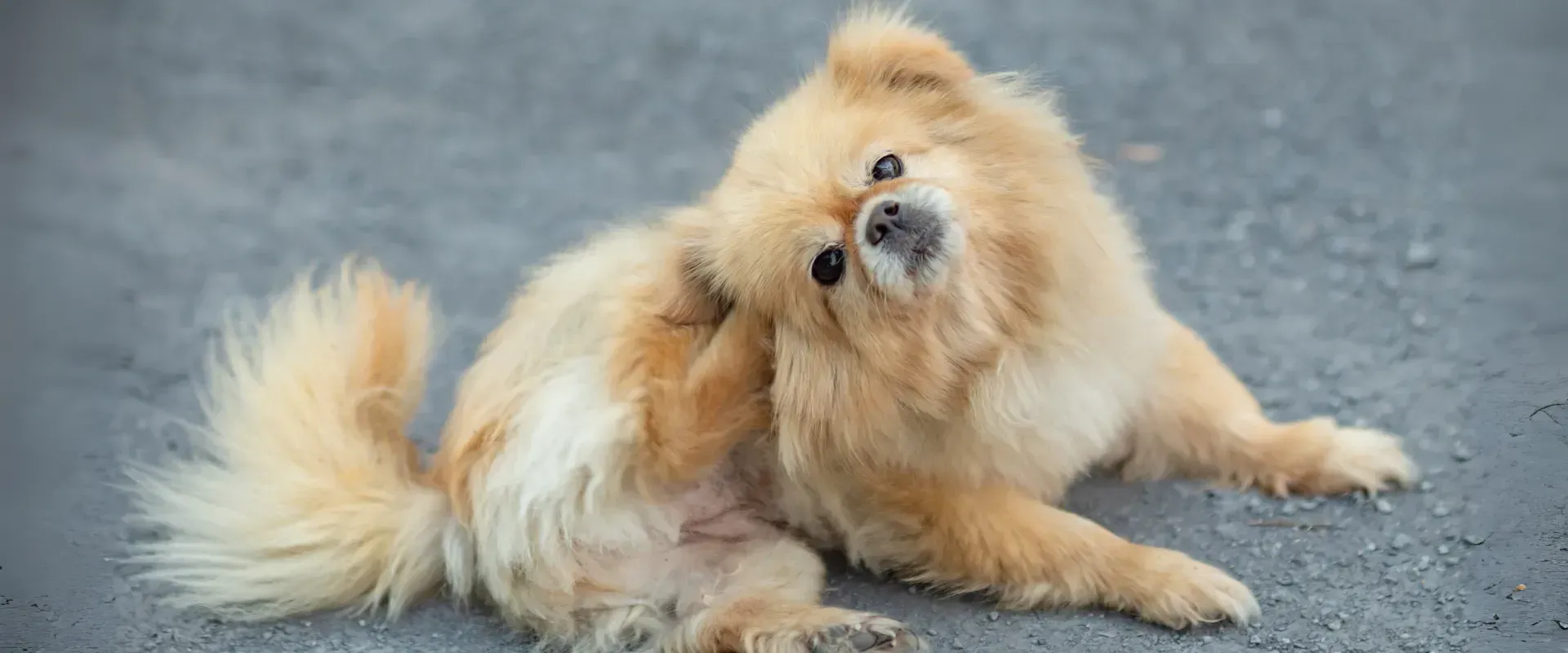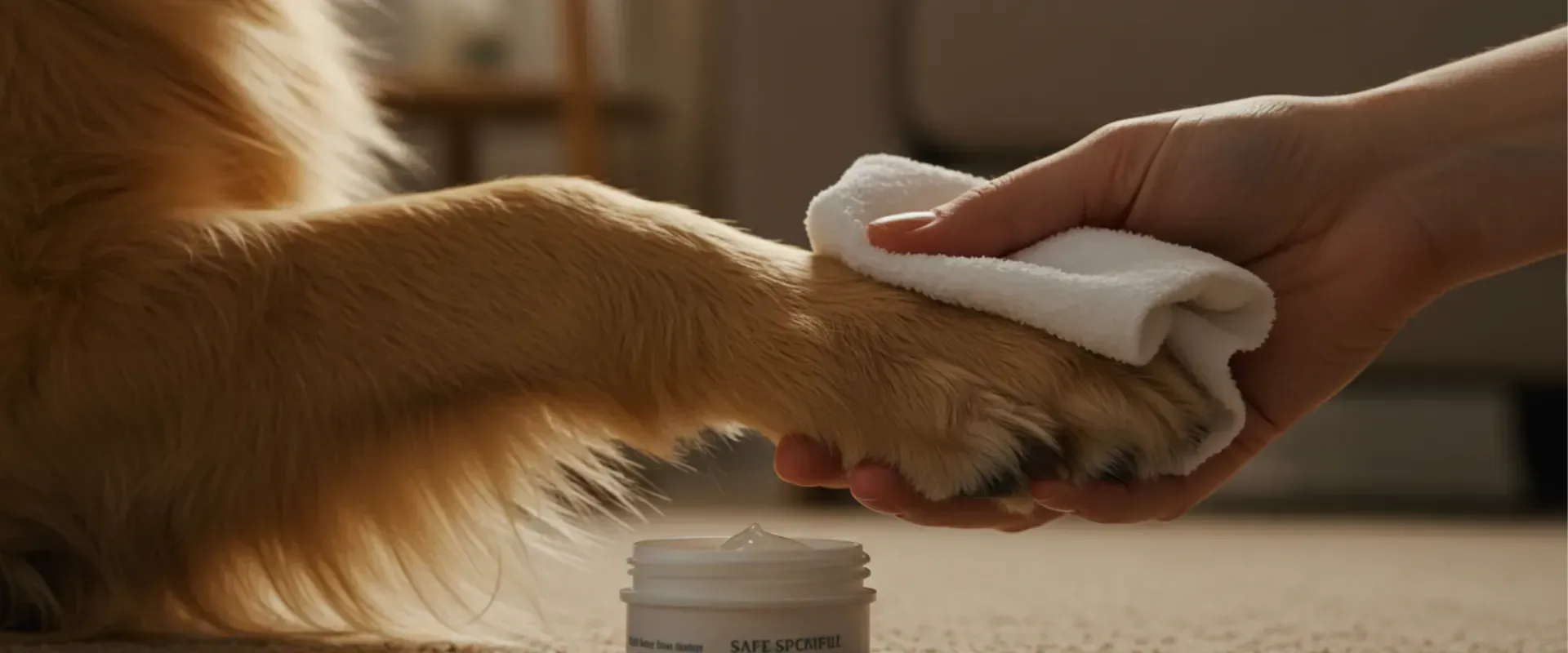Why Does My Dog Have Dandruff? Causes and Tips
Just like us, dogs can get dandruff. Those little white flakes on your dog's fur or their favorite napping spot can be worrying. If you've found yourself asking, "Why does my dog have dandruff?" you're not alone. Many factors can cause this, from simple dry skin to more complex health issues. The good news is that most causes are treatable.
Understanding the root cause is the first step toward finding the right solution. This guide will walk you through the common causes of dog dandruff, what to do about it, and how professional mobile dog grooming can play a vital role in keeping your dog’s skin and coat healthy.
We will cover everything from dietary needs to grooming routines, helping you get your furry friend back to feeling comfortable and looking their best.
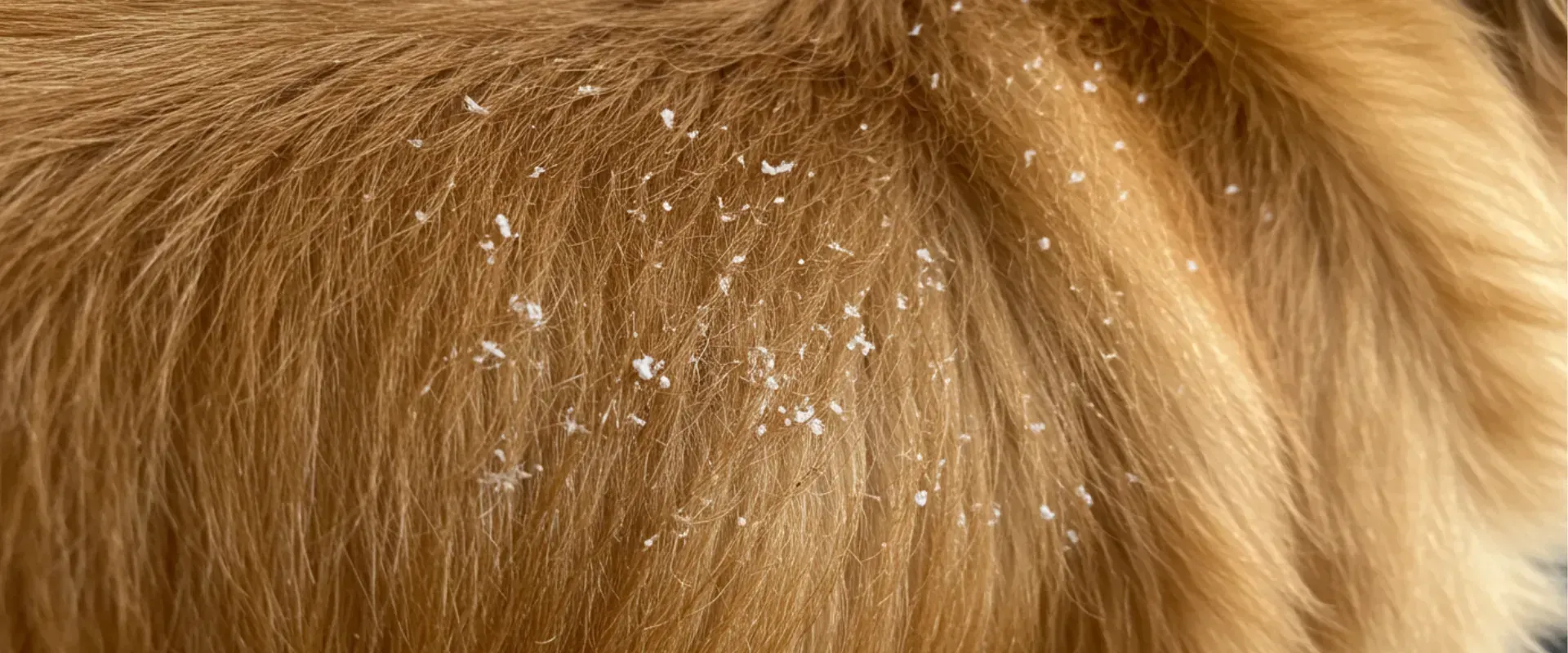
What is Dog Dandruff?
Dog dandruff, clinically known as seborrheic dermatitis, is a condition where the sebaceous glands in your dog’s skin produce too much sebum. This excess oil can irritate the skin and cause it to flake off. These flakes can be either dry (seborrhea sicca) or oily (seborrhea oleosa). While a few flakes are normal, a noticeable increase can signal an underlying issue that needs attention. It often appears alongside itching, redness, and sometimes even an unpleasant odor.
Common Causes of Dog Dandruff
Figuring out why my dog has dandruff involves looking at several potential causes. It's often a symptom of another problem rather than a condition on its own.
1. Dry Skin and Low Humidity
One of the most frequent culprits behind dog dandruff is simply dry skin. During winter months, indoor heating can create a dry environment, stripping moisture from your dog's skin and coat. This is similar to how human skin gets dry and chapped in cold weather. If you notice the dandruff is worse during certain times of the year, environmental factors are likely at play.
2. Nutritional Deficiencies
A dog’s diet plays a huge role in their skin and coat health. A diet lacking in essential fatty acids, particularly omega-3s, can lead to dry, flaky skin. High-quality dog food formulated for healthy skin can make a significant difference. Make sure your dog is getting a balanced diet with all the necessary vitamins and minerals to support their overall health.
3. Allergies
Dogs can suffer from allergies just like people do. These can be environmental (pollen, dust mites), food-related (certain proteins like chicken or beef), or due to flea bites. Allergic reactions often cause skin inflammation and itching, which can result in dandruff and excessive dog shedding. Identifying and managing the allergy is key to resolving the skin issues.
4. Infections
Bacterial and fungal infections can disrupt the natural balance of your dog’s skin, leading to dandruff. Conditions like ringworm (a fungal infection) or pyoderma (a bacterial skin infection) can cause flaking, lesions, and hair loss. Parasites like mites (Cheyletiella, also known as "walking dandruff") can also cause intense itching and flaking. A vet can diagnose and treat these infections appropriately.
5. Underlying Medical Conditions
Sometimes, dandruff is a sign of a more serious health problem. Hormonal imbalances, such as hypothyroidism or Cushing's disease, can affect skin health. Autoimmune disorders and certain cancers can also manifest with skin-related symptoms. If dandruff persists despite home care and grooming, a veterinary check-up is essential to rule out these conditions.
6. Improper Grooming
Both under-grooming and over-grooming can lead to skin problems. Infrequent bathing can allow oils and dead skin cells to build up, while bathing too often or using harsh shampoos can strip the skin of its natural oils, causing dryness and irritation. Using the right products and maintaining a consistent grooming schedule are crucial for healthy skin.
Tips for Managing Dog Dandruff at Home
Once you have an idea of what might be causing your dog's dandruff, you can take steps to manage it. Here are some effective tips for at-home care.
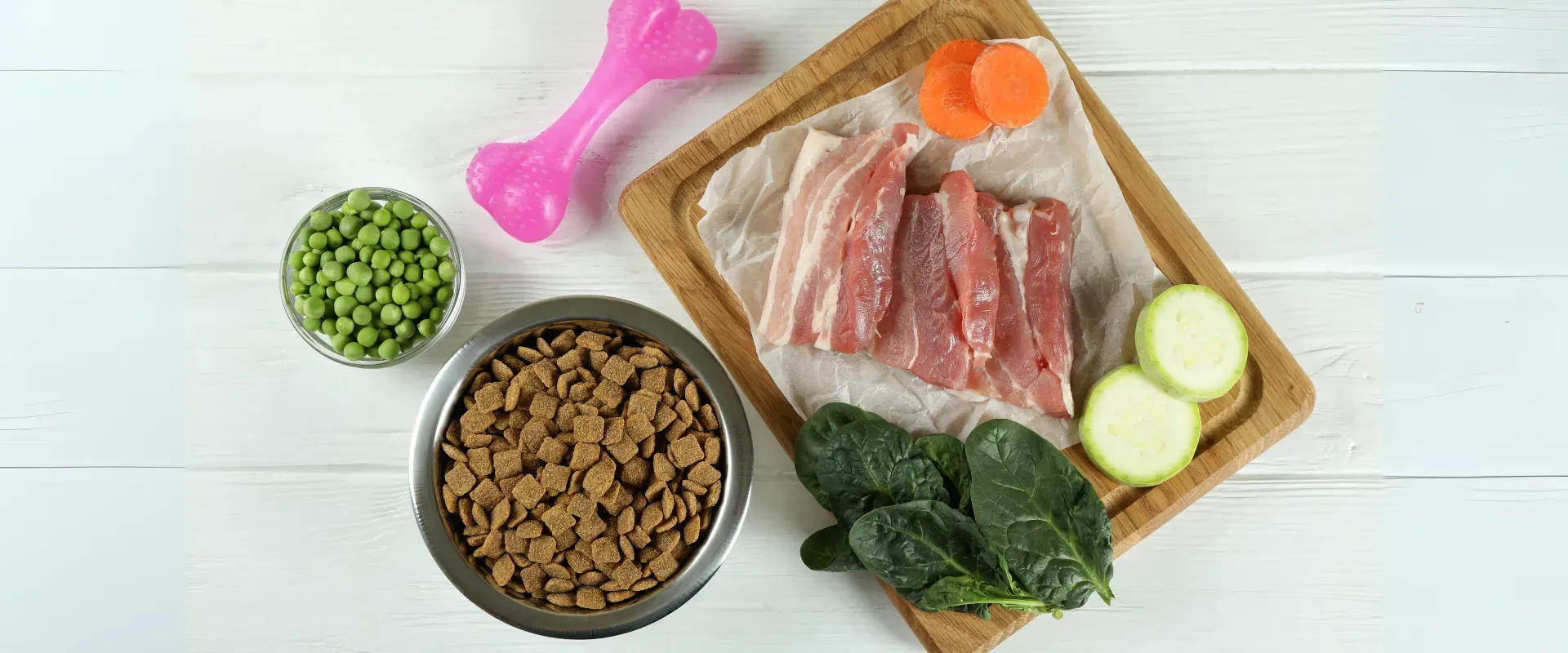
1. Improve Their Diet
Start by looking at what your dog eats. Ensure they are on a high-quality, balanced diet. Consider adding an omega-3 fatty acid supplement, like fish oil, to their food. These healthy fats are excellent for skin and coat health. To keep up with your pet’s changing needs, make sure you’re meeting food requirements for your dog’s life stage. Always consult with your vet before making significant changes to your dog's diet or adding supplements.
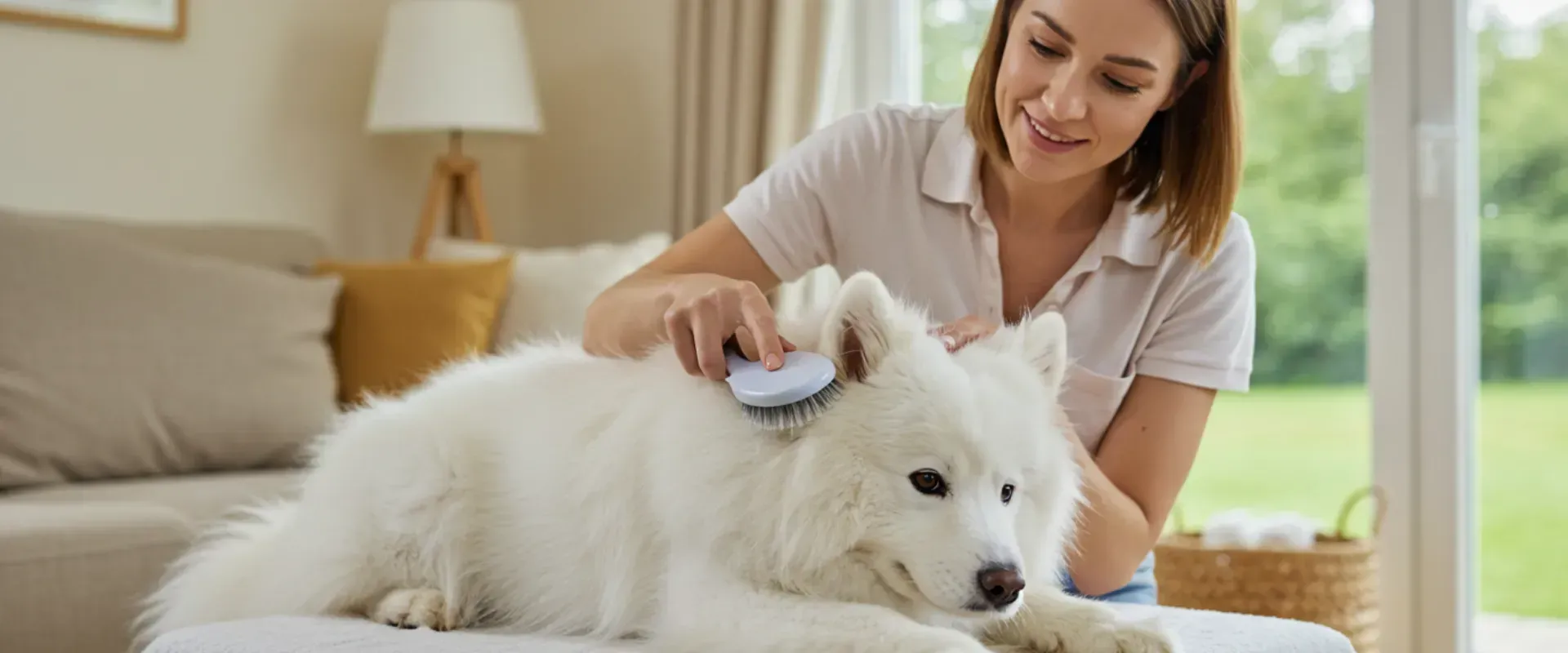
2. Regular Brushing
Brushing your dog's coat regularly several times a week helps distribute natural oils, remove dead skin cells and loose fur, and improve circulation. This is a simple but effective part of pet hair loss grooming and dandruff management. The type of brush you use should be appropriate for your dog’s coat type.
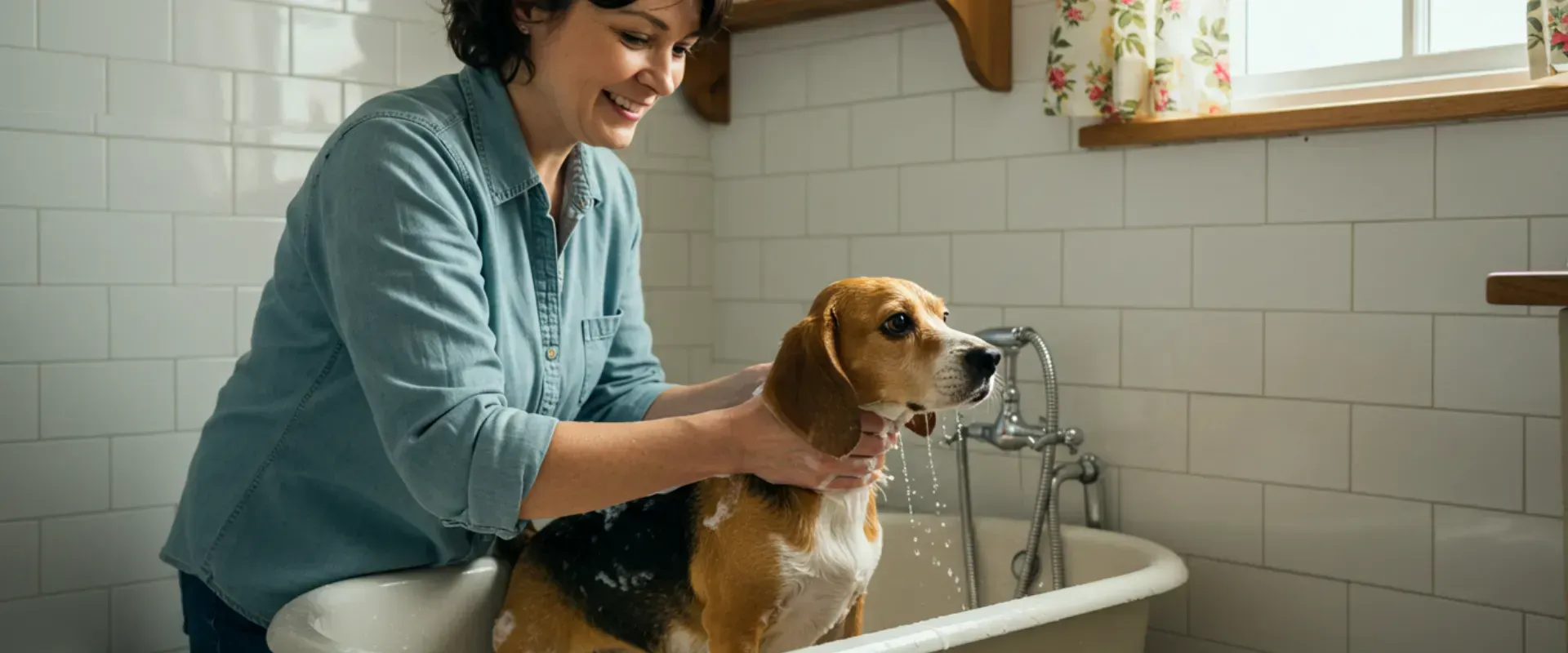
3. Use Medicated or Moisturizing Shampoos
Bathe your dog with a gentle, moisturizing shampoo designed for sensitive skin. There are also medicated shampoos specifically formulated to treat dandruff. Avoid human shampoos, as their pH levels are not suitable for dogs and can worsen skin issues. Choosing the right groomers is important as use of only premium, pH-balanced, vet-approved products matters for your dog’s skin.
4. Maintain a Comfortable Home Environment
If dry air is a problem, especially in winter, using a humidifier in your home can help add moisture back into the environment. This can benefit both your skin and your dog's.
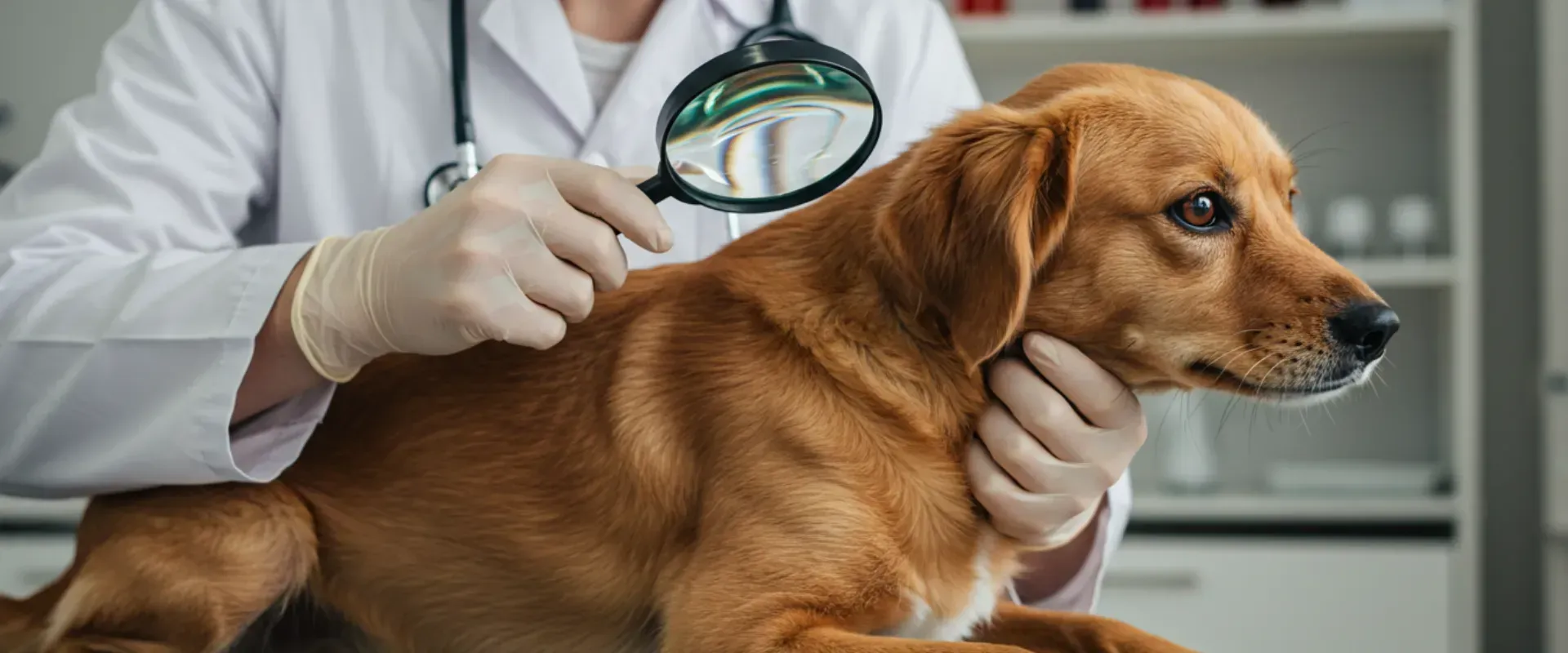
The Role of Professional Grooming
While home care is important, professional grooming provides a deeper level of care that can significantly help manage dandruff and excessive dog shedding.
1. Professional De-Shedding Treatments
Professional groomers have access to specialized tools and products for de-shedding. They use a professional de-shedding product that helps loosen the undercoat and remove dead fur, which can trap flakes and irritate the skin. Regular seasonal shedding care can prevent mats and keep the skin healthy.
2. Expert Skin and Coat Assessment
A professional groomer is often the first to notice subtle changes in your dog’s skin or coat that might indicate a problem. They can spot signs of infections, parasites, or allergies that you might miss.
3. Tailored Grooming Services
We understand that every dog is unique. Our grooming services are personalized to meet your pet's specific needs. Whether it's a moisturizing conditioning treatment or a gentle hydromassage, we tailor our approach to provide the most benefit. A mobile salon provides a calm, one-on-one environment, which is especially beneficial for dogs with sensitive skin or anxiety.
Keep Your Dog’s Coat Healthy
Dealing with dog dandruff can be frustrating, but with the right approach, it's a manageable condition. By addressing potential causes like diet, allergies, and grooming habits, you can help your furry friend feel more comfortable.
A few flakes here and there might be normal, but persistent dandruff often requires extra care. Regular brushing and
professional grooming visits can make a big difference in keeping your dog’s coat shiny and flake-free.
Frequently Asked Questions
Can I use human dandruff shampoo on my dog?
No, you should not use human dandruff shampoo on your dog. Human skin has a different pH balance than dog skin, and human shampoos can be too harsh, stripping natural oils and making the problem worse. Always use a shampoo specifically formulated for dogs.
How often should I bathe a dog with dandruff?
The frequency of bathing depends on the cause of the dandruff. For general dryness, bathing every 4-6 weeks with a moisturizing shampoo is usually sufficient. If your vet prescribes a medicated shampoo for an infection or allergy, they will provide specific instructions, which could be as frequent as once or twice a week initially.
When should I see a vet for my dog's dandruff?
You should see a vet if your dog's dandruff is severe, persistent, or accompanied by other symptoms like intense itching, hair loss, open sores, a bad odor, or changes in behavior. These could be signs of a more serious underlying medical condition that requires professional diagnosis and treatment.
What is "walking dandruff"?
"Walking dandruff" is the common name for an infestation of Cheyletiella mites. These mites are large enough to be seen moving on the skin, hence the name. They cause intense itching and significant flaking. If you suspect your dog has walking dandruff, a trip to the vet is necessary for proper treatment.


